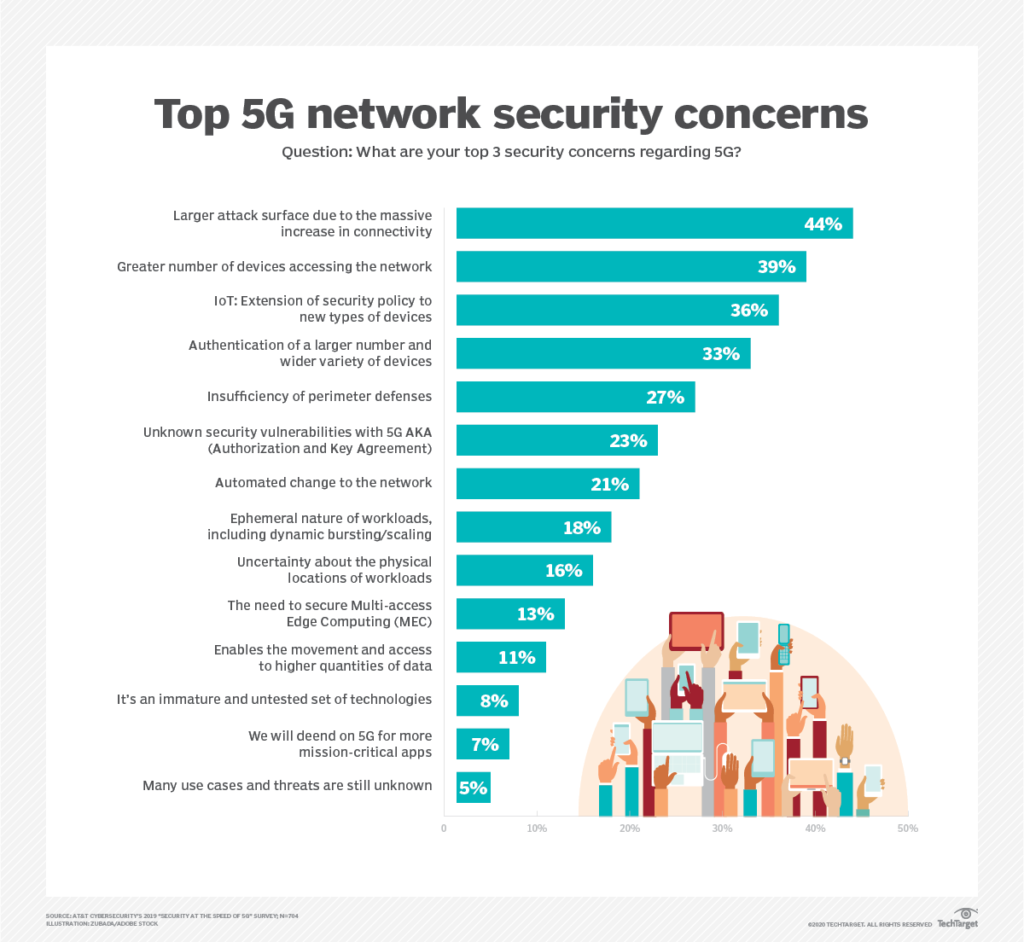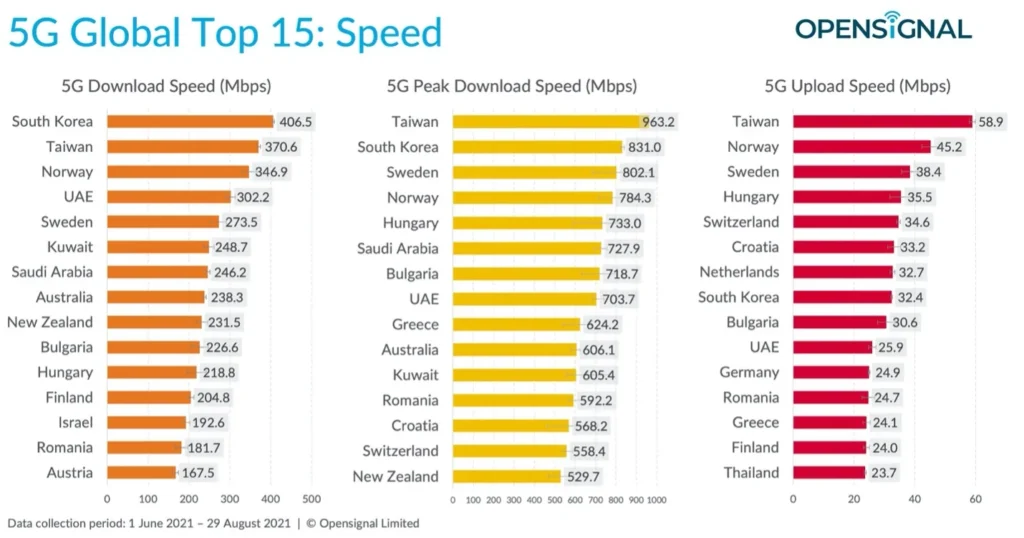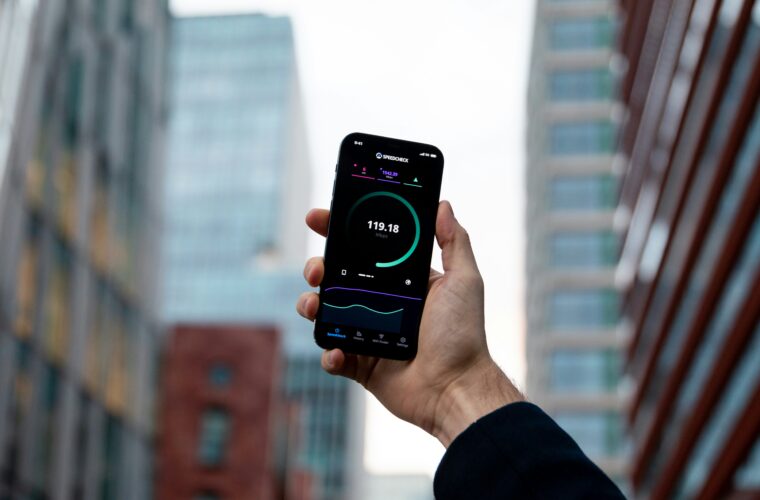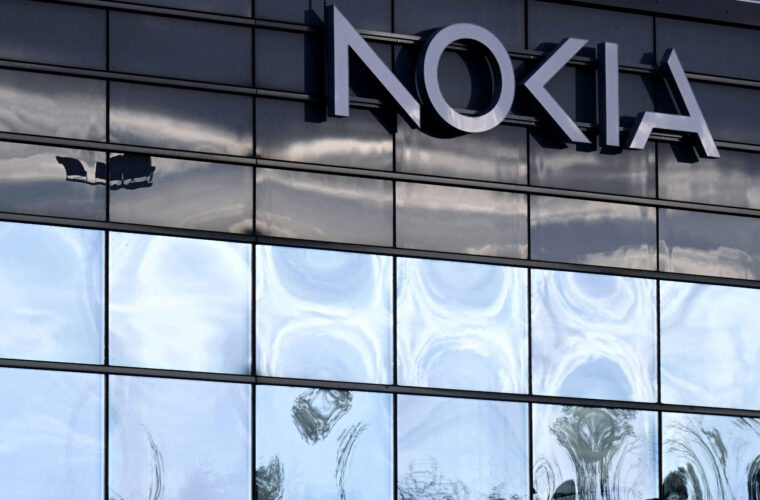5G Security Risks: The Top 5 security concerns you need to know about
The emergence of 5G technology is an exciting advancement for consumers and businesses. But as with any new technology, inherent risks come with it. 5G security risks are particularly concerning as they can have far-reaching implications on our data privacy, financial security, and more. To ensure you’re taking the right precautions, it’s essential to know the top 5 security risks associated with 5G. From signal interception to malware threats, understanding these risks and how to mitigate them is critical to prevent malicious factors from impacting any aspect of our lives. But with the right knowledge, you can enjoy the benefits of 5G technology without compromising your security. So, what are the top 5 security risks associated with 5G?
First things first – what is 5G technology and its benefits
The 5G ecosystem will be a key driver for innovation and business opportunities. 5G promises to be an incredible leap forward. It offers higher speeds, lower latency, and greater capacity than 4G LTE networks. Early 5G devices are expected to support speeds up to 1Gbps and latency as low as 0.1ms. 5G is not just set to change the mobile experience; it will also transform the Internet of Things (IoT) and how we use technology.
Its main benefits include ultra-low latency, higher and faster speeds, improved connectivity, lower energy usage, and so much more. This technology is expected to increase significantly in developed countries due to increased data usage, such as streaming videos, virtual/augmented/mixed reality, and the demand for connected transportation. The increased availability of 5G technology is expected to increase IoT use as well, which will significantly change how we live. But with the widespread usage of this technology come along different security issues we need to keep an eye on.

Top 5 security risks associated with 5G
The top 5 security risks believed to be associated with 5G are signal interception, data and privacy concerns, malware threats, weak authentication protocols, and increased attack surface. These security risks will change how we use 5G and can have wide-ranging implications on individuals’ data privacy, financial security, and more. To ensure you’re taking the right precautions, it’s essential to know the top 5 security risks associated with 5G.
Signal interception
This security risk is related to how your device receives the signal from a 5G network. With 4G and 5G, data is sent from your device to a base station and then received by your device. This process relies on the signal transmitted from the base station to your device. As the signal is sent from the base station to your device, it can be intercepted, making it easier for hackers to access your device, steal data, and launch attacks.
The more devices transmitting on the same channel, the more likely there will be signal interference that might interfere with your device. To combat signal interception, use a VPN because it encrypts all of your data, preventing it from being accessed. An interesting VPN option would be NordVPN. Additionally, use a device that supports a 5G network, such as a 5G smartphone, to ensure the best connection, reducing the risk of signal interference.
Data and privacy concerns
As more devices become connected and use 5G, the risk of data and privacy concerns increases. Increased data usage increases the risk of data breaches and identity theft. The increased responsibility of handling sensitive data also increases the risk of data breaches. If your device is hacked and malware is installed, it could steal your data, including passwords, financial information, health data, and more. Therefore, to help protect yourself from data breaches and privacy concerns, it is recommended that your 5G device always ensure that it’s updated with the latest software patches and updates since it can help protect against potential vulnerabilities.
Malware threats
This threat is especially concerning as the devices using 5G are mostly mobile devices and IoT devices that often need to be updated or protected. This means that these devices remain largely unsecured and open to malware that can target them. A case scenario is where malware can take control of the target by altering the software or firmware content inside an application software. This includes injection of new code, erasing existing program code, or staying dormant until later. When an unprotected or compromised system reboots, the infected software takes over, making it critical to secure or harden bootable hardware as much as possible. Therefore, it is best recommended to enable or implement the best security technologies, develop a defence strategy plan, and have trained staff or employees who know precisely what to do if an attack occurs.

Weak authentication protocols
5G is expected to massively increase data volumes since more data is being transmitted and stored. This is especially concerning as the authentication protocols protecting users’ data are often weak, which makes them easier targets for hackers. Without proper authentication protocols or strategies in place, an attacker can easily target our connected devices through the 5G network and manage to have a grip on the data or leak them while being transmitted. This is why data must be encrypted, components must be authenticated, and the integrity of systems must be verified. Most 5G networks use zero-trust policies that align with the National Institute of Standards and Technology’s (NIST) seven tenets of a zero-trust architecture, which consists of more secure authentication and authorization processes operating in the 5G network.
Increased attack surface
The increased attack surface associated with 5G is related to the increase in the number of devices that use 5G. This means that your device has a more significant opportunity for being targeted by malicious actors, which can risk individuals’ financial security, as malware can steal financial information from devices that store it. Unfortunately, hackers are constantly looking for opportunities to attack this 5G “chain,” which is reflected in the rising number and frequency of cyberattacks. To implement security enhancements, manufacturers should incorporate additional platform security features and action plans including, but not limited to, secure boot, secure firmware, threat risk management plans etc.
As 5G technology progresses, it is expected to reach an ultimate speed of 20 Gbps, allowing more data to be moved and, therefore, more vulnerable to cyber-attacks. Given the complex nature of 5G networks and the variety of components involved, enabling security enhancements will be a continual process rather than something that can be taken care of as a one-time process. That is why we should be alert to every new issue exposed and always take proactive measures to protect ourselves.



